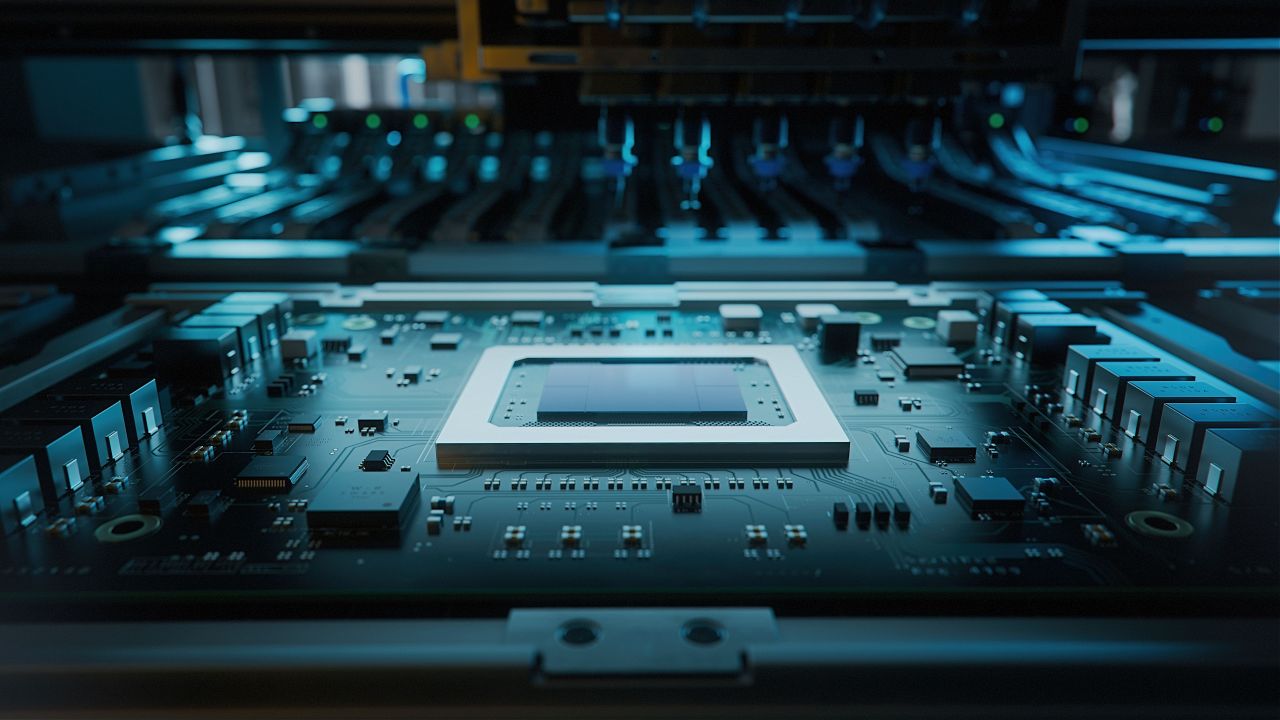GPU
Recent Articles
Sort Options:

How Nvidia Built the Ultimate AI Engine: A Look at GPU Core Architecture
The article delves into the evolution of GPUs from graphics accelerators to AI powerhouses, highlighting advancements in architecture and semiconductor technology. It emphasizes Nvidia's innovations, including CUDA, which transformed GPUs into essential tools for deep learning and high-performance computing.

Lisuan G100 GPU shows promise, at least in OpenCL — homegrown Chinese chip outguns Arc A770 and RTX 4060 in new benchmark, 10% slower than RTX 5060
A new variant of Lisuan Technology's G100 graphics card has been spotted in the Geekbench database, sparking excitement among tech enthusiasts. This development hints at potential advancements in performance and capabilities for the popular graphics card line.

Exla FLOPs
A recent article highlights the availability of on-demand GPU clusters featuring the most affordable H100 models. This development promises to enhance accessibility for users seeking powerful computing solutions, making advanced technology more attainable for various applications.